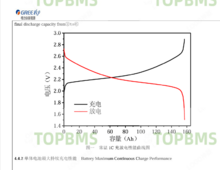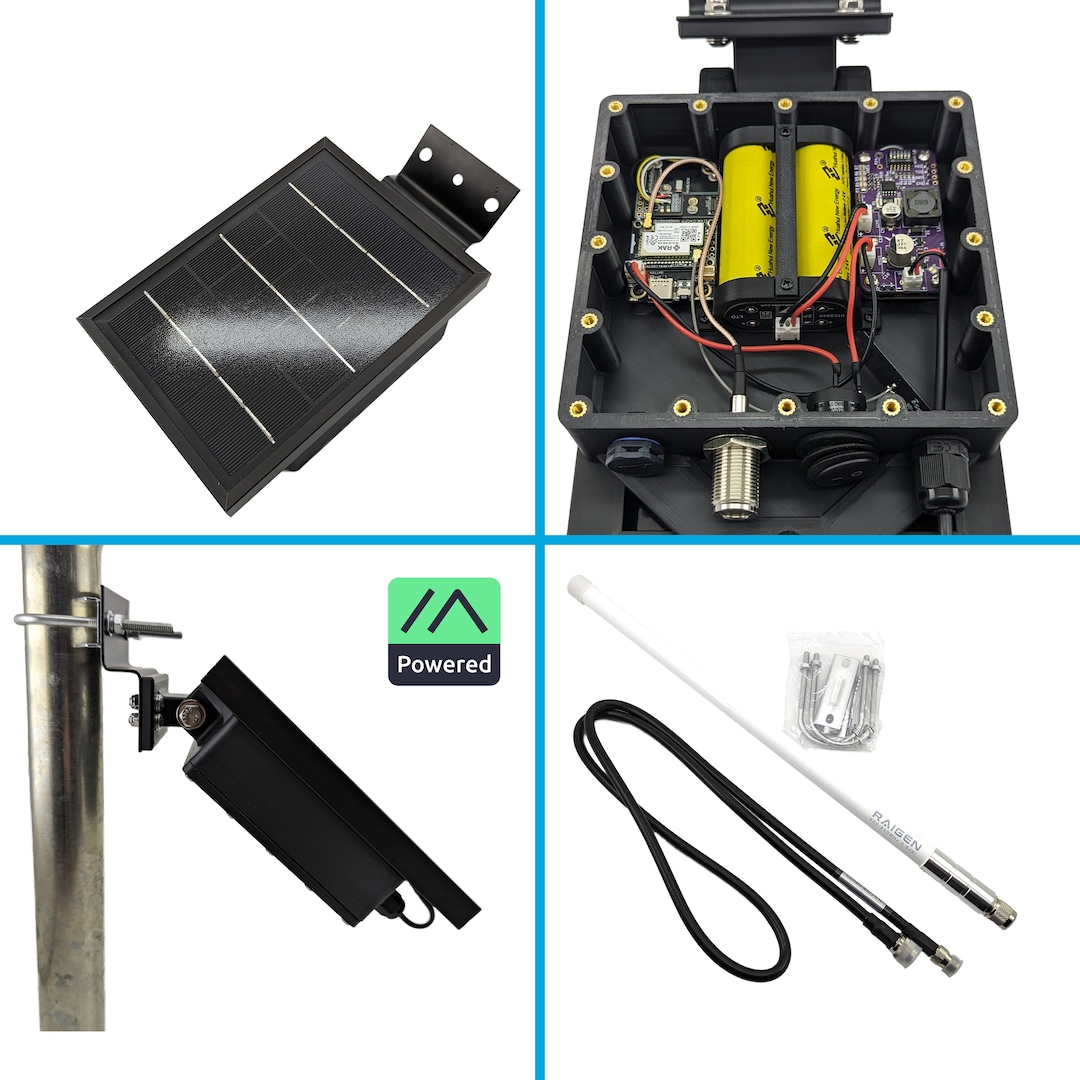Suijuris
New Member
- Joined
- Jan 31, 2021
- Messages
- 18
I'm interested in building a solar powered LoRa relay that will work at below freezing temperatures. The LoRa device requires 5v (though somehow they seem to work fine from one 18650). I've considered using two 18650s in parallel, and configuring so that it only charges when above freezing. I've also considered putting it in a thermos, and adding a heating element.
Hypothetically, to build a LTO battery that outputs 5v.. I was thinking of using 4 LTO cells ( 2.4V 3000mAh LTO 23680 Lithium Titanate Cell 15C) in series, and using a voltage regulator to output 5v. Do I need a 4S LTO BMS to do this? Could it be done with 3 cells? I assumed that 4 cells would be better than 3, to output 5v regardless of capacity. I read somewhere that the LTO is so durable that there is a chance that they'd be fine without a BMS. If it wouldn't just be destroying the cells to build without a BMS, could I put 3 cells in series, and have 5v for some part of the battery capactiy? If so, would it simply shut off once it fell below the appropriate voltage, or would it do damage?
Could someone explain to me the considerations for attempting the LTO battery, and the corresponding appropriate solar panel, for this use? Could a 12v panel be used with an approx 9v battery? I notice there are 10v solar panels, as well.
I am open to the idea that a larger capacity LifePo4 battery might be the way to go. My goal is to have uninterrupted 5v power supply through long periods below freezing, and if need be, small solar exposure window. I'd like it to be reliable, and as simple as possible. Even if a LifePo4 setup would result in a better solution, I am still curious how a solar powered LTO battery supply for 5v would be built.
Hypothetically, to build a LTO battery that outputs 5v.. I was thinking of using 4 LTO cells ( 2.4V 3000mAh LTO 23680 Lithium Titanate Cell 15C) in series, and using a voltage regulator to output 5v. Do I need a 4S LTO BMS to do this? Could it be done with 3 cells? I assumed that 4 cells would be better than 3, to output 5v regardless of capacity. I read somewhere that the LTO is so durable that there is a chance that they'd be fine without a BMS. If it wouldn't just be destroying the cells to build without a BMS, could I put 3 cells in series, and have 5v for some part of the battery capactiy? If so, would it simply shut off once it fell below the appropriate voltage, or would it do damage?
Could someone explain to me the considerations for attempting the LTO battery, and the corresponding appropriate solar panel, for this use? Could a 12v panel be used with an approx 9v battery? I notice there are 10v solar panels, as well.
I am open to the idea that a larger capacity LifePo4 battery might be the way to go. My goal is to have uninterrupted 5v power supply through long periods below freezing, and if need be, small solar exposure window. I'd like it to be reliable, and as simple as possible. Even if a LifePo4 setup would result in a better solution, I am still curious how a solar powered LTO battery supply for 5v would be built.




